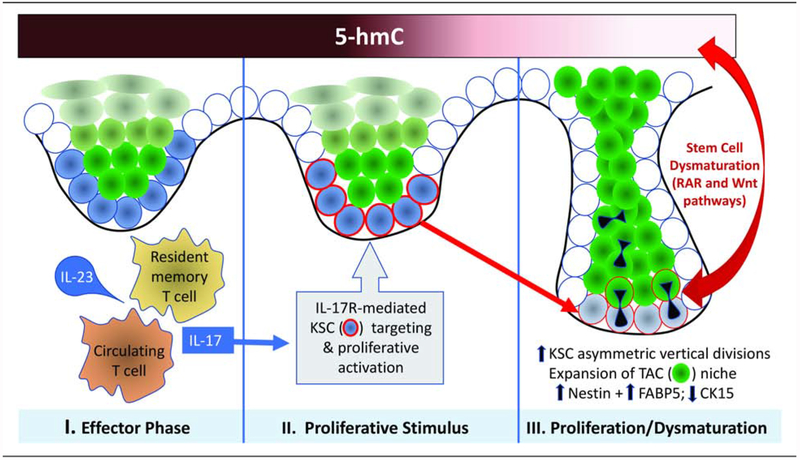Figure 5. Schematic diagram of posited evolutionary phases of psoriasis initiation and progression.
The Effector Phase (I) involves generation of IL-23-responsive circulating and/or resident memory Th17 cells. Ligation of IL-17 with its receptor (II) provides a Proliferative Stimulus that targets KSC niche (blue cells), resulting in KSC activation and proliferation (acquisition of red rim; Wu et al., 2015). Proliferation is accompanied in psoriasis by dysmaturation signals that affect KSC kinetics and differentiation via loss of DNA hydroxymethylation mark, 5-hmC, that affects the stem cell-associated RAR and Wnt pathways. This Proliferation/Dysmaturation phase (III) involves increased vertical, asymmetric KSC divisions and accumulation of nestin/FABP5-positive TACs (green cells), resulting in downward and lateral expansion of the rete ridge/KSC/TAC niche to produce characteristic psoriatic epidermal architecture.

